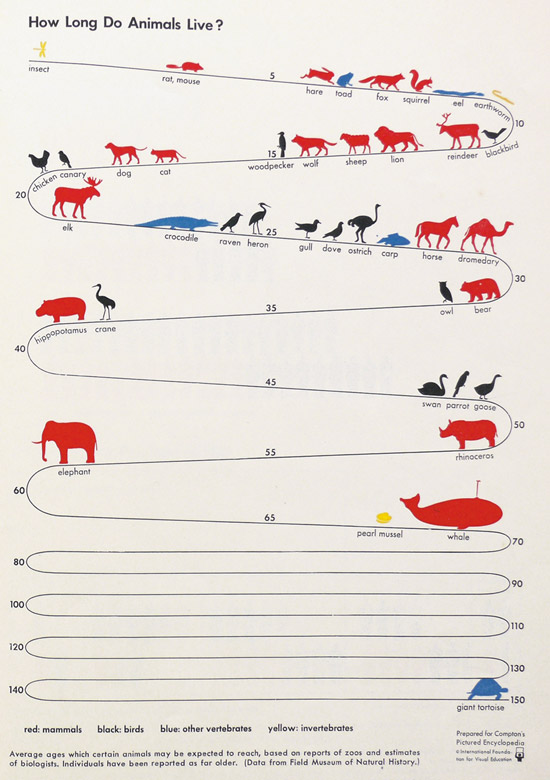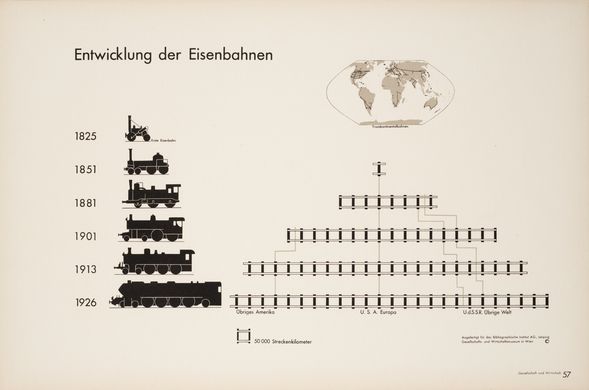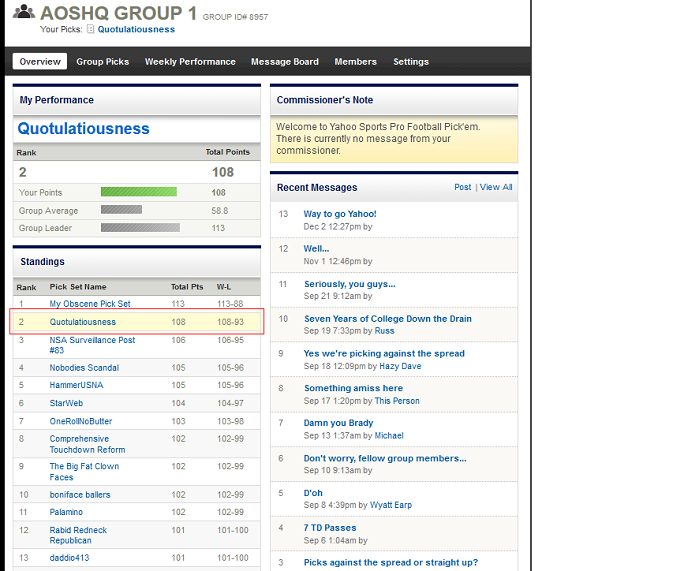In the New York Review of Books, Peter Brown reviews a new book on the evolution of our knowledge about Roman sexuality at the start of the Christian era:
One of the most lasting delights and challenges of the study of the ancient world, and of the Roman Empire in particular, is the tension between familiarity and strangeness that characterizes our many approaches to it. It is like a great building, visible from far away, at the end of a straight road that cuts across what seems to be a level plain. Only when we draw near are we brought up sharp, on the edge of a great canyon, invisible from the road, that cuts its way between us and the monument we seek. We realize that we are looking at this world from across a sheer, silent drop of two thousand years.
Antiquity is always stranger than we think. Nowhere does it prove to be more strange than where we once assumed that it was most familiar to us. We always knew that the Romans had a lot of sex. Indeed, in the opinion of our elders, they probably had a lot more than was quite good for them. We also always knew that the early Christians had an acute sense of sin. We tend to think that they had a lot more sense of sin than they should have had. Otherwise they were very like ourselves. Until recently, studies of sex in Rome and of Christianity in the Roman world were wrapped in a cocoon of false familiarity.
Only in the last generation have we realized the sheer, tingling drop of the canyon that lies between us and a world that we had previously tended to take for granted as directly available to our own categories of understanding. “Revealing Antiquity,” the Harvard University Press series edited by Glen Bowersock, has played its part in instilling in us all a healthy sense of dizziness as we peer over the edge into a fascinating but deeply strange world. Kyle Harper’s book From Shame to Sin: The Christian Transformation of Sexual Morality in Late Antiquity is a scintillating contribution to this series. Not only does it measure the exact nature of the tension between the familiar and the deeply unfamiliar that lies behind our image of the sexual morality of Greeks and Romans of the Roman Empire of the classical period. It also goes on to evoke the sheer, unexpected strangeness of the very different sexual code elaborated in early Christian circles, and its sudden, largely unforeseen undermining of a very ancient social equilibrium in the two centuries that followed the conversion of Constantine to Christianity in 312. As Harper makes plain on the first page of his dense and vivid book, “Few periods of premodern history have witnessed such brisk and consequential ideological change. Sex was at the center of it all.”








